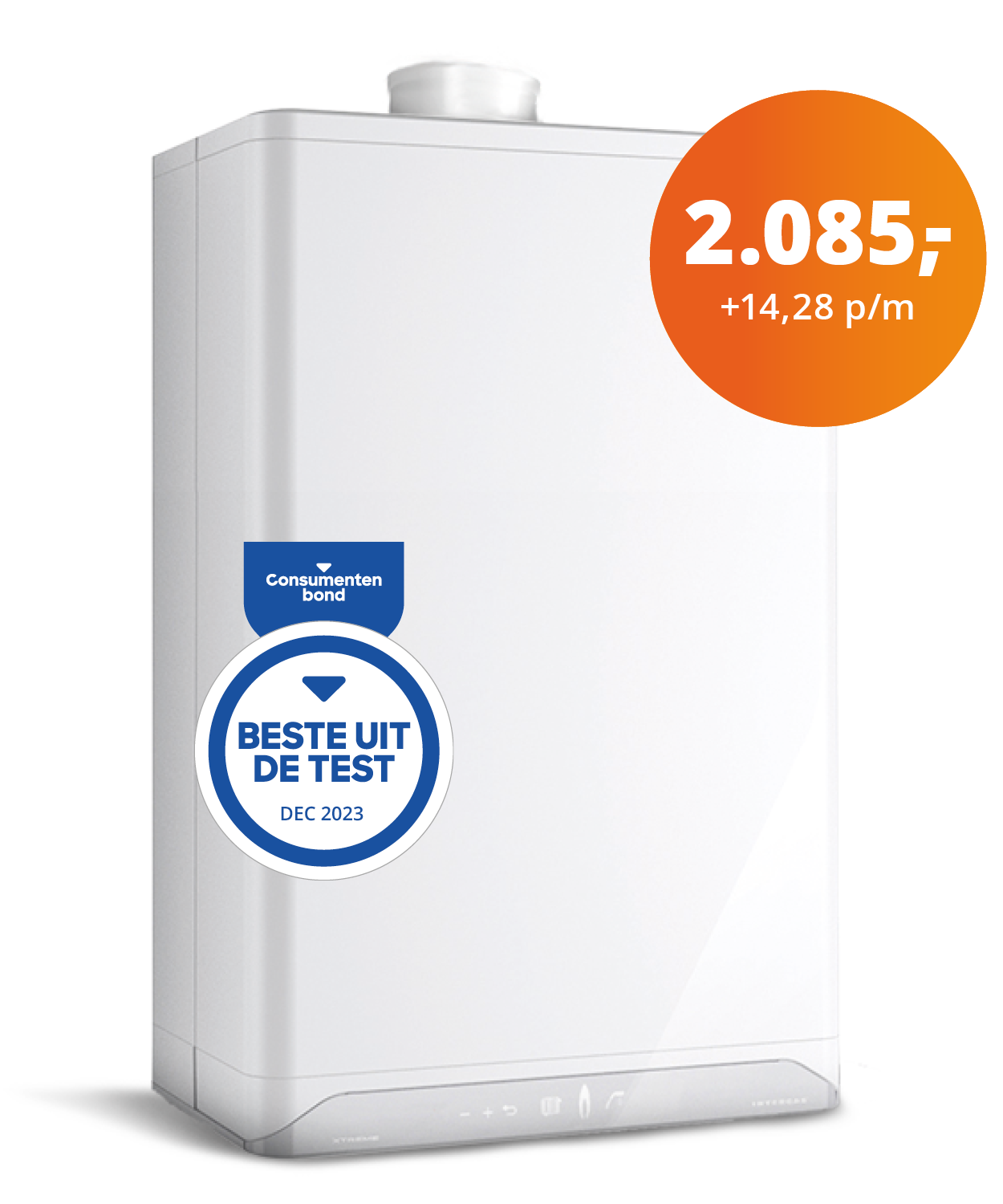My 16 year old Ideal Classic boiler had its annual service and MOT yesterday. The engineer left a copy of the flue gas analysis taped to the boiler front which showed a Net Efficiency of 91.1% which I think equates to a Gross Efficiency of 82.8%. Looking back to the original boiler specs, it is listed as having a Gross Efficiency of 76.1%.
I naively thought that a boiler's efficiency would reduce with age. I appreciate that the flue gas analysis was carried out after the burner etc had been cleaned and the boiler checked, but to me the efficiency value looks odd. I have used the same engineer for the past 10 years so I have no reason to believe that his test kit is out of calibration.
Am I missing something or do boilers become more efficient with age?
I naively thought that a boiler's efficiency would reduce with age. I appreciate that the flue gas analysis was carried out after the burner etc had been cleaned and the boiler checked, but to me the efficiency value looks odd. I have used the same engineer for the past 10 years so I have no reason to believe that his test kit is out of calibration.
Am I missing something or do boilers become more efficient with age?




 I'm not sure as to how useful having one efficiency figure is; I wonder why they didn't demand ratings for at least a low load and a high load profile for each size boiler to allow the system design to better choose a boiler for different end uses - eg. a house with no baths and one with long pipe runs where the boiler start-up losses become less significant? Too much information for most end users perhaps but important for smaller commercials users for example.
I'm not sure as to how useful having one efficiency figure is; I wonder why they didn't demand ratings for at least a low load and a high load profile for each size boiler to allow the system design to better choose a boiler for different end uses - eg. a house with no baths and one with long pipe runs where the boiler start-up losses become less significant? Too much information for most end users perhaps but important for smaller commercials users for example.
Comment